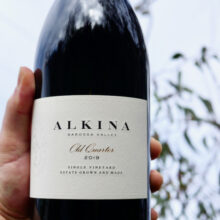
Product information
Alkina ‘Old Quarter’ Grenache Shiraz Mataro 2019
$105
Description
The step up in sophistication from the Field blend is clear. There’s more composure. The line and length are on show. Harmony and shape to the palate. The finish here sees excellent persistence. This could easily give a quality CndP a run for it’s money. You can feel the energy. A very complete wine with a lot going on. The acid is finer, the palate together. The whole bunch tannins more elegant. This is a triumph.
Coming back to this bottle after it had been open under Coravin for a couple of months revealed more beauty. Violets, a little baking spice, savoury pops. Layered supple tannins what this wine is all about with an underlying foundation of fruit seamlessly made from the perfumed, Grenache, plush Shiraz and dark Mataro.
Alkina already demonstrates the delicacy that is thankfully the direction more and more makers in the Barossa and McLaren Vale are heading. Taste this in a blind tasting and you would not guess Barossa!
In stock
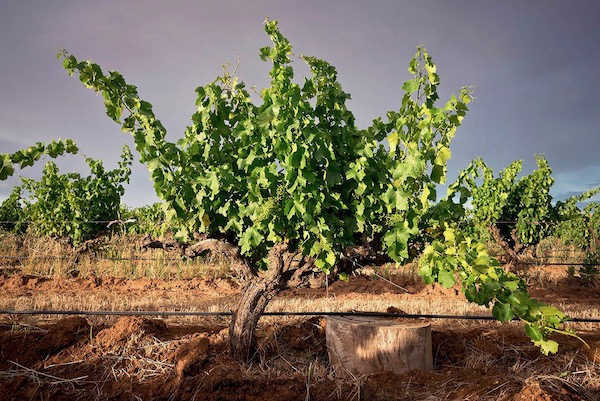
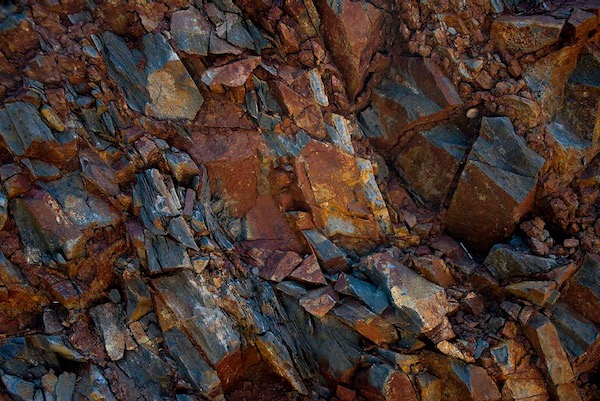
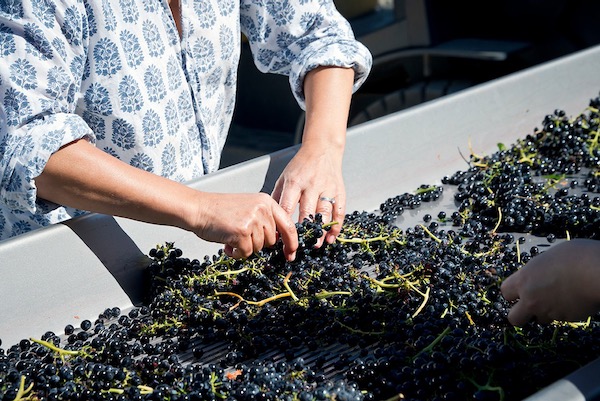
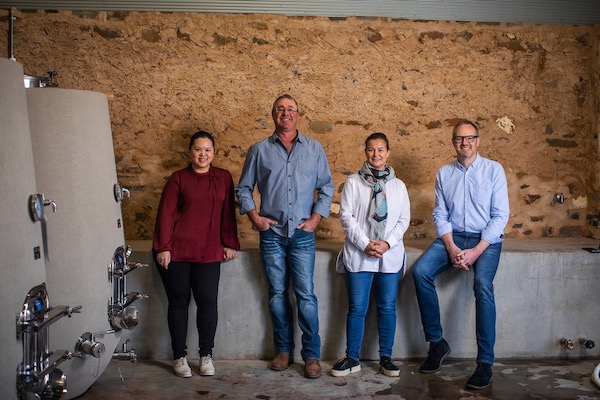
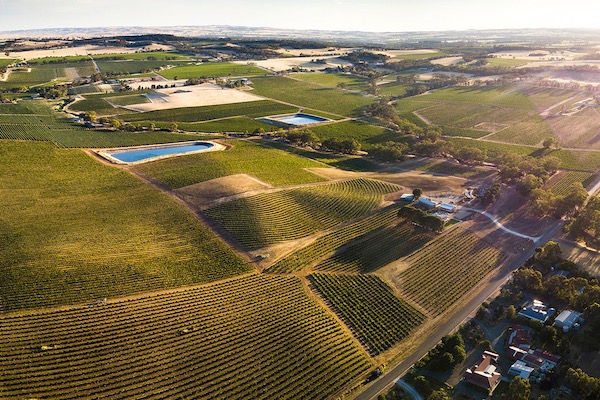
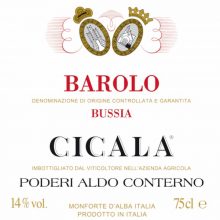
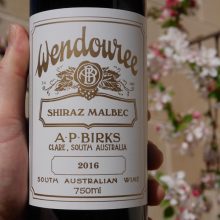
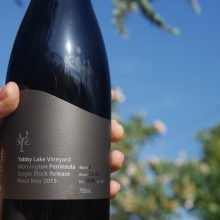
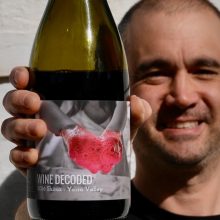
You must be logged in to post a comment.